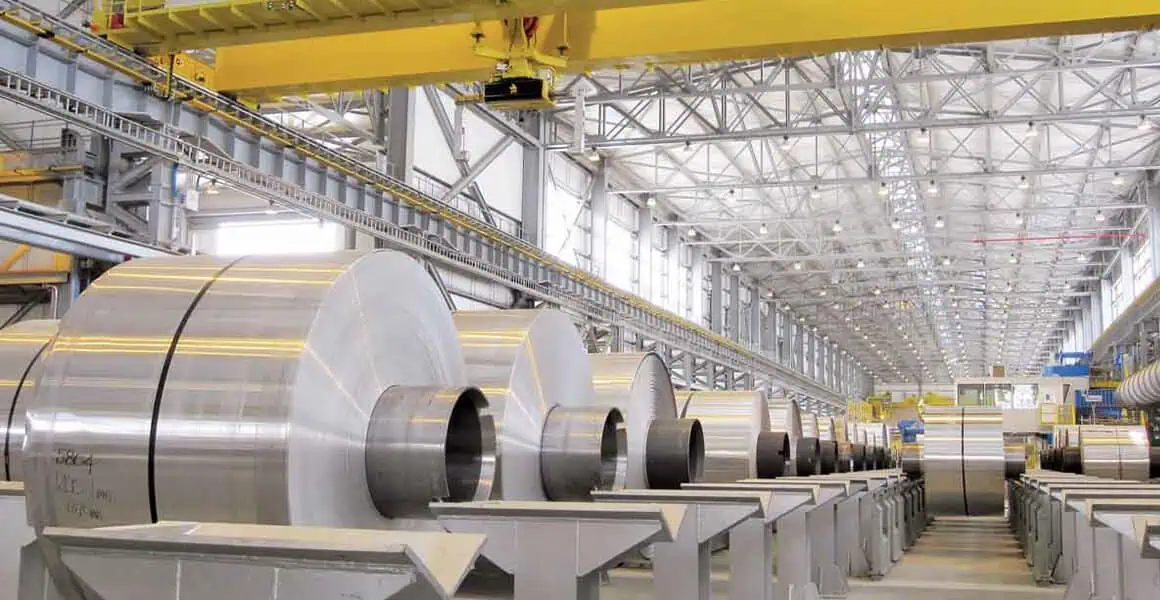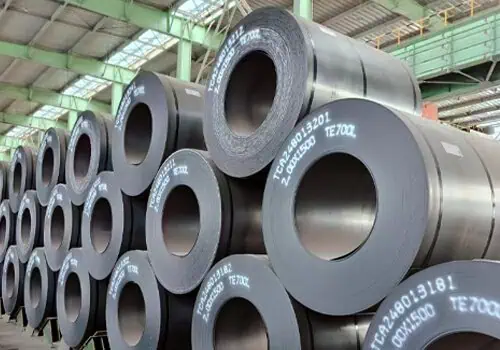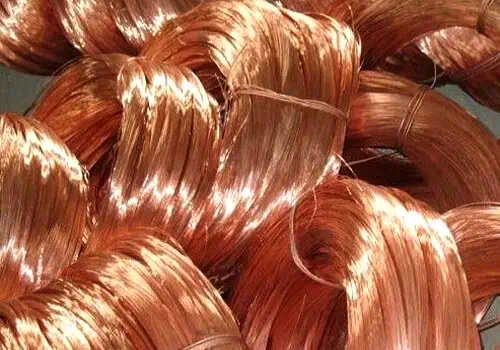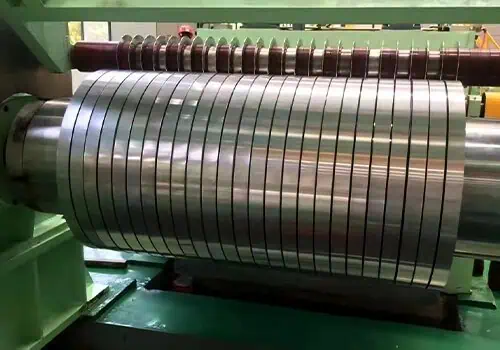Are you thinking about using hot rolled steel for your next project? Understanding the advantages of hot rolled steel might help you decide.
Hot rolled steel offers a range of benefits. These benefits include lower cost, high strength, and versatility. These qualities make it a good choice for many applications. Sometimes you may consider cold rolled steel as well.
Choosing the right material is key. Let’s explore the advantages of hot rolled steel.
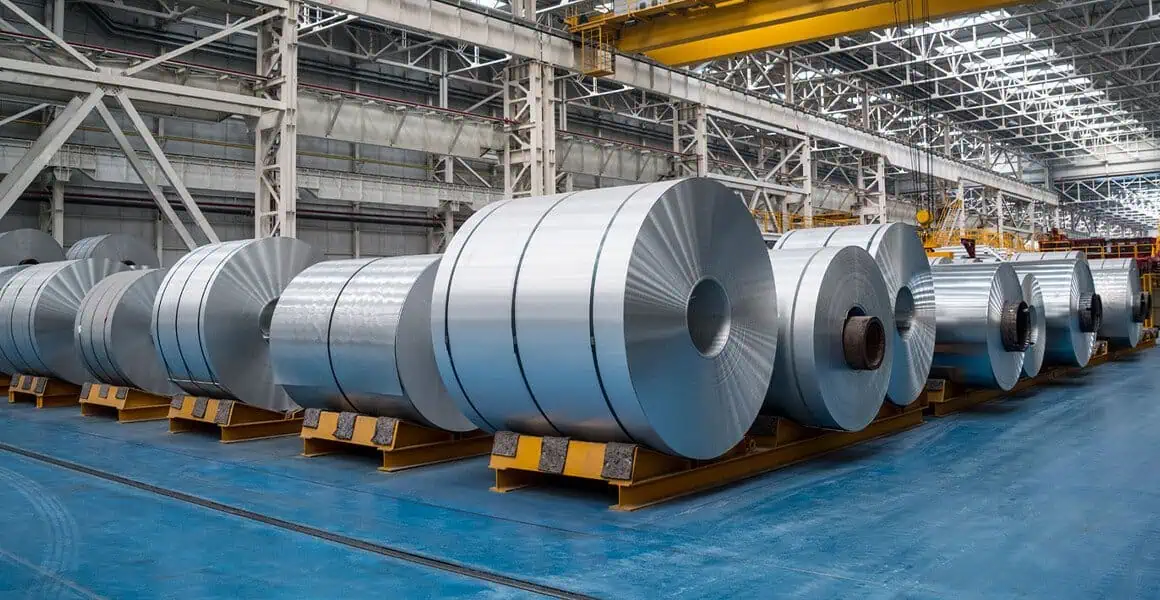
What is Hot Rolled Steel?
Ever wondered what “hot rolled steel” actually means? It is all about processing. The qualities of rolled steel are dependent on the process. Hot rolled steel is produced by rolling steel at high temperatures. This makes it easy to form into various sizes. It is utilized in the building, industrial, and auto sectors. Understanding the difference between hot rolled and cold rolled steel can influence project outcomes.
Understanding the process allows you to understand its advantages. Let us go into the specifics. The process of hot rolling steel is critical. Imagine a blacksmith heating metal; this is what hot rolling accomplishes on a larger scale. The application determines whether hot rolled vs cold rolled steel is used.
Here’s a breakdown:
- Heating: Steel billets are heated to high temperatures, making the steel pliable. The hot rolled steel material gains flexibility.
- Rolling: Heated steel passes through rollers, shaping it.
- Cooling: Steel cools, shrinking slightly, but strength remains.
High temperatures make it simpler to form. Hot rolling is utilized for bigger components. I’ve seen it used in building frames and car parts. Hot rolled versus cold rolled is a common topic of conversation.
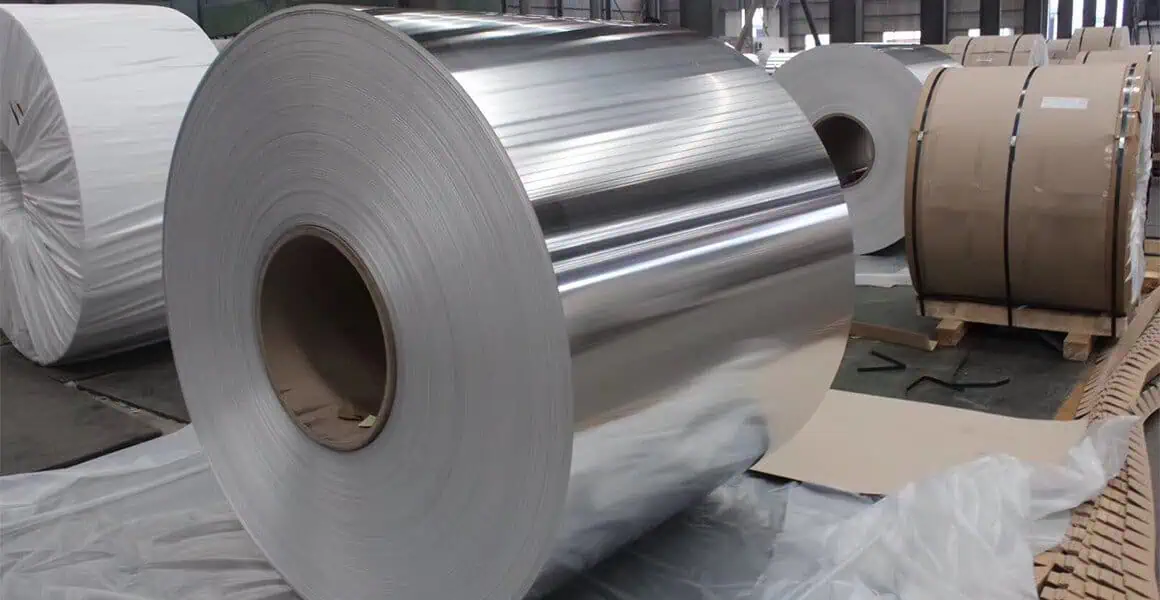
What Are the Cost Advantages of Hot Rolled Steel?
Want to save money? Hot rolled steel is a relatively inexpensive material. The pricing of hot rolled vs cold rolled steel is frequently debated. In general, hot rolled steel costs less than cold rolled steel. The procedure requires less energy and processing. This makes it inexpensive for large-scale applications. Consider cold rolled or hot rolled alternatives.
Cost is a significant consideration. Let’s look at why hot rolled steel is cost-effective. Cost is important. Hot rolled steel has benefits owing to its production method. I recall when every dime counted. The difference between hot rolled vs cold rolled steel has an influence on the bottom line.
Here’s why hot rolled steel is affordable:
- Lower Energy: Less energy is needed than for cold rolling.
- Fewer Steps: It requires fewer processing steps.
- Higher Volume: Production is faster, lowering unit prices. Many manufacturers weigh cold rolled vs hot rolled steel based on production volume.

What Are the Strength and Versatility Advantages of Hot Rolled Steel?
Need strength and versatility? Hot rolled steel could be the solution. Understanding hot rolled versus cold rolled qualities is critical. Hot rolled steel has high tensile strength and is ideal for use in construction, automotive, and industrial industries. It is easy to form. Strength is frequently a consideration when deciding between cold rolled and hot rolled.
Strength and adaptability are essential. Let’s look at why hot rolled steel provides. Strength and adaptability are key. Hot rolled steel balances the two. I’ve seen it utilized on bridges and vehicle chassis.
Here’s why it’s strong and versatile:
- Tensile Strength: It can withstand pulling force, making it good for structural uses.
- Yield Strength: It can withstand stress without permanent deformation.
- Formability: It’s easy to form into shapes.
- Wide Use: It’s used in construction, automotive, manufacturing, and transportation.
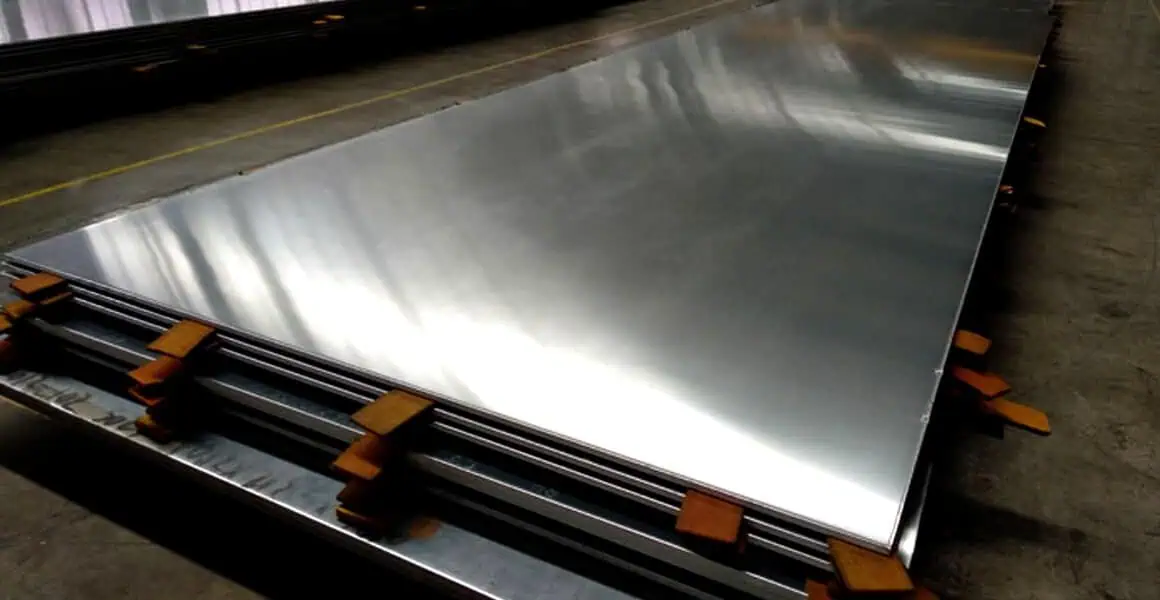
Does Hot Rolled Steel Rust?
Worried about rusting? Understanding how hot rolled steel resists corrosion is critical. Corrosion issues apply to cold rolled steel. If not properly treated, hot rolled steel rusts. It is more permeable than cold-rolled steel.
Rust is an issue, particularly outside. I have seen the devastation. Hot rolled steel has special properties. Let’s look at shielding hot rolled steel.
Here’s what to know:
- Surface Texture: It’s rougher than cold rolled steel, creating more area for moisture. The surface finish of cold rolled vs hot rolled steel differs.
- Mill Scale: It has mill scale, which isn’t a permanent barrier.
- Protective Coatings: Coatings like paint prevent rust. Using hot rolled coil needs careful storage.

Is Hot Rolled Steel Easy to Weld?
Need to weld? The weldability of hot rolled steel is important. The choice between hot rolled and cold rolled steel has an influence on welding processes. Hot rolled steel is often easy to weld. It has a low carbon content. Welding is common. Hot rolled steel offers advantages. Let’s see why hot rolled steel is a good choice. Welding is key.
Here’s why it’s easy to weld:
- Low Carbon: Low carbon content reduces cracking.
- Surface Condition: Remove impurities before welding.
- Welding Techniques: MIG, TIG, and stick welding can be used.
- Preheating: Preheating may be needed.
Which is Easier to Bend, Hot or Cold Rolled Steel?
Planning to bend? Understanding bending characteristics is important. Bending determines whether hot rolled or cold rolled. Hot-rolled steel is often simpler to bend. It is more ductile.
Bending is widespread. Hot and cold rolled steel are bent. Hot-rolled steel stands out. This is why it’s simpler to bend:
- Ductility: More ductile than cold rolled steel.
- Malleability: Allows hammering without cracking.
- Lower Yield Strength: Needs less force to bend.
- Less Springback: Easier to achieve the desired bend angle.
Conclusion
Hot rolled steel offers cost savings, rezistenţă, and adaptability. It’s easy to weld and bend. Coatings prevent corrosion. Understanding hot rolled vs cold rolled assists judgments. Consider it for value. I feel it’s a terrific choice.

